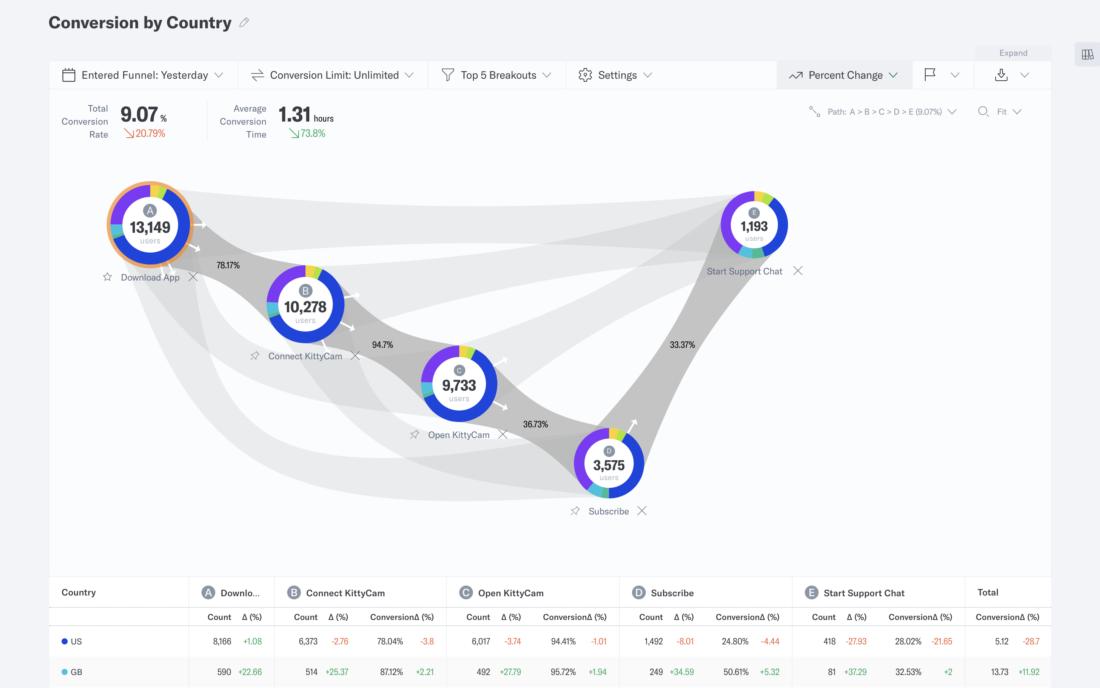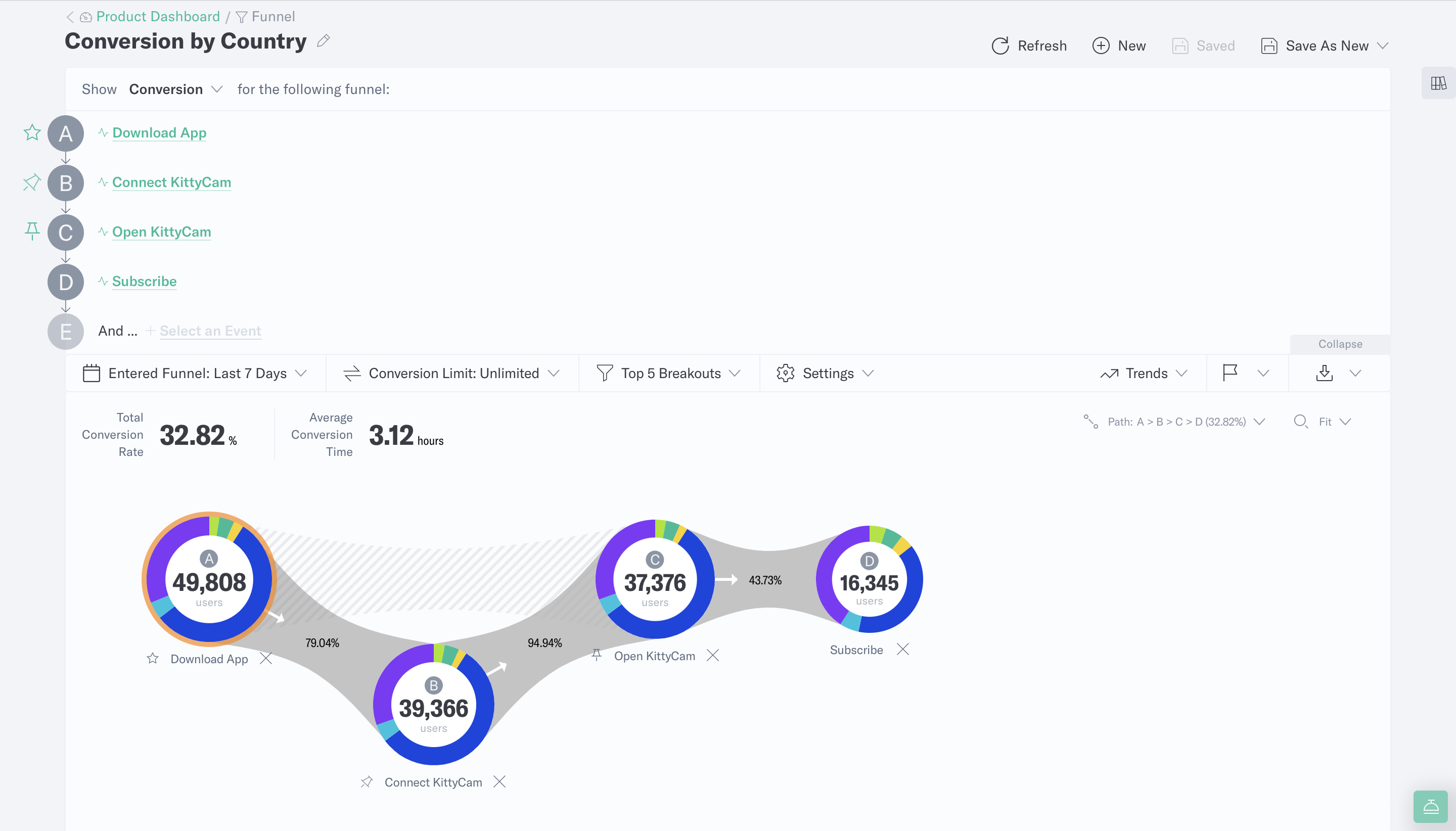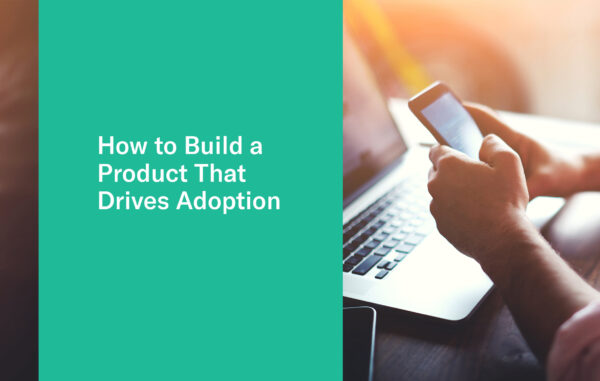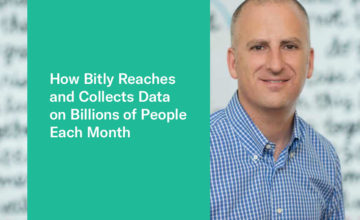With the combination of free trials and easy setup common in today’s SaaS market, signing up new users isn’t a huge issue. The big challenge for SaaS companies today isn’t customer acquisition—it’s activation, getting those leads to fully adopt the product and become long-term active users.
That means SaaS product and marketing teams need to shift their focus toward product adoption. Yet, we still see a ton of effort being put into customer acquisition, and decidedly less invested in helping users find their “Aha!” moment.
Due in large part to that misalignment, most companies waste between 50-80% of new signups. Refocusing your organization on driving higher product adoption can help, among other things, decrease time-to-value, combat churn, and boost average revenue per user (ARPU).
That was the subject of a recent webinar the Indicative team put together along with our friends at Toucan Toco and Appcues. The panel included:
- Our own Esmeralda Martinez, Director of Sales Ops and Customer Engagement for Indicative
- Eric Keating, VP of Marketing at Appcues
- Romain “Ro” Duboc, GM of Toucan Toco
You can watch the webinar below, or read on for an expert how-to on building a product that drives adoption.
A Framework for Driving Product Adoption
Growing adoption rates for your product requires you to follow a clear, effective framework. It requires using data to form a hypothesis about how you can boost product adoption, implementing those changes, then testing to validate their effect.
Our panel emphasized during the webinar the importance of viewing this as an iterative process. You look at the data, you make changes to your product, and you gauge whether those changes boost adoption. Then rinse and repeat.
Here’s the framework they suggest:
- Analyze your customer and product data to inform your hypothesis
- Improve by implementing key changes
- Validate your hypothesis by testing the efficacy of those changes
Analyze
The analysis phase starts with figuring out what you want to drive product adoption of—and how you’ll approach it. As the panel noted, you can’t simply define product adoption as “every customer uses every feature every day.” That’s not realistic, nor is it truly meaningful for your org.
So, narrow down your view on product adoption from every user using every feature to what’s most useful to your business.
Find Your “Aha!” Moment
From there, your analysis should focus first on finding the activation point—or “Aha!” moment—for your users. Eric defines this as, “The moment that your users first realize the value of your product.” It’s the moment when users are 100% bought in.
Finding that moment requires both qualitative and quantitative input from existing users.
On the qualitative side, a Customer Analytics platform like Indicative can help map out how users move through your product. Esmeralda recommends taking both macro and micro approaches to your user funnels, so you can understand the big picture as well as granular, minute details that can help identify the Aha! moment. See how Indicative customer, Haven Life Insurance Agency utilizes this approach today, here.

For example, at Indicative, we originally hypothesized that our Aha! moment had to do with query-building. But after looking at our customer data via funnels and cohort analysis, we found that usage of shareability features (like dashboards) actually had a bigger impact on adoption.
Shareability was our users’ Aha! moment—and that knowledge has driven a lot of our product development.
On the quantitative side, there’s no substitute for talking with your customers. Eric recommends:
- Getting on the phone with customers
- Sending out an open-ended survey
- Listening to recorded sales calls
If you already record sales calls, go back through them and look for the moment when each prospect’s face lights up. If you can identify that mental click into place, that’s a good place to start with your Aha! hypothesis.
As for surveying customers, Eric recommends asking two key questions:
- When you signed up for our product, what problem were you trying to solve?
- At what point using our product did you feel like “This product can definitely solve my problem?”
Pulling this qualitative data into your initial analysis ensures you aren’t putting blinders on the rest of the process. As the saying goes, you don’t know what you don’t know—so let your customers tell you.
Define Your Hypothesis
The next step is to define your hypothesis—what change(s) can you make that will yield higher adoption?
The key here is to look for patterns in users’ qualitative responses and analyze the path users take to arrive at that Aha! moment.
At Appcues, Eric explained, they developed a “Product Adoption Score” to help with this. In looking at the subset of customers who’ve been around for a few years, they ran analyses on which features of the product they use and which behaviors they exhibit. And they developed a scoring system to apply that framework to their entire user base.
From there, they ran cohort analysis to compare retention over time across different customer groups. Eric recommends getting as deep and granular as you can with this step. Doing so will make it easier to develop an easily-implemented, measurable hypothesis.
At Appcues, they figured out that the best retention rate correlated with users who adopted 4 particular features, who showed Appcues content to a certain percentage of their own end-users, and who logged in at a set frequency.
So they hypothesized that if they got as many customers as possible to use those features and exhibit those behaviors, they could increase adoption and retention.
In forming your own hypothesis, look to use your customer data to decide what the first meaningful action you want new users to take is. Indicative’s platform includes a tool that enables Multipath Funnel analysis, allowing you to see all the different ways people use your product and find the best paths to a specific behavior—adoption, in this case.

From there, decide how you can orient new users and design your product in such a way that gets them to that moment as soon as possible.
Benchmark Current Product Adoption
Before moving on to making improvements and testing your hypothesis, pull together benchmarks around your current adoption rates and retention today, for comparison purposes. You can use cohort analysis to understand your retention today and to identify key drop-off points. These points serve as a deadline of sorts before which you need to get users to the Aha! moment.
Esmeralda cautions against focusing solely on product and website engagement metrics, too—a trap many product teams fall into. A lot goes into adoption beyond engagement, including interactive tutorials, documentation, live chat, email campaigns working toward adoption, and more. Looking at all of this information together offers a vital holistic perspective on the current state of your product adoption.
Improve
This second phase of building a product that drives adoption is largely dependent on your unique hypothesis. That said, the panel highlighted those first moments users spend with your product as key, recommending a focus on the first day or week of usage.
In the webinar, Eric shared an example from Grammarly:
Grammarly’s Aha! moment comes when users begin writing or editing their first piece inside the platform. For many users, that moment may not happen right away, if they don’t immediately have something to write or edit. To help those users get to Aha! more quickly, Grammarly includes a demo document that illustrates the value of the tool without requiring users to upload their own content right away.
Build for Adoption From Day One
With the initial emphasis firmly on getting users to the Aha! moment as quickly as possible, Ro shared two best practices that inform every feature they build at Toucan Toco.
- Make it simple: Today’s B2B and B2C users alike expect a frictionless, self-serve, and easy-to-use product experience. That’s table stakes for every new feature you launch. It’s also key to keep in mind when designing your onboarding experience. Narrowing the focus for your interactive tutorial, for example, enables you to get users to Aha! faster, without overwhelming them with all the bells and whistles.
- Make it personalized: Ro recommends asking questions of customers during signup to get the information you can use to tailor their onboarding experience. Since users often have varying use cases (and even varying Aha! moments), personalizing onboarding is vital.
Reinforce Adoption for the Long-Term
Once you get initial adoption to a good place, it’s time to work on reinforcing that adoption for the long-term. To do that, Eric notes that you need to keep users at different stages of your product in mind. People who are new versus those who have been using your product for years, who’ve adopted more advanced features, for example—those are very different users. Reinforcing adoption for those longer-term customers requires your product adoption strategy to be thoughtful about how you engage users at each stage of their lifecycle.
After covering the basics and spurring initial adoption with your onboarding, you need to continue to show users how they can do things faster, how they can get to the “next step,” how they can leverage productivity and other advanced features.
Eric spotlighted two examples here—Slack and Mint:
Both of which offer users tips on using their product in a more productive way.
Another tip is to expose users to premiums features—regardless of whether or not they currently have access to them. “Now that I’ve got this user to be a regular user and see the basic value, now expose them to even more things they can do,” Eric said.
LinkedIn and Dropbox are a great example of this:
By constantly exposing the features and value of premium membership, the company draws users to upgrade and adopt more features.
Validate
The last step is to validate whether the changes you’ve made actually drive greater product adoption. Does the data you were originally seeing still hold true? Now that you’re getting more users to the Aha! moment faster, are they all still showing a higher retention rate?
Answering these questions ensures your improvements are effective and validates that you’ve properly identified the right Aha! moment to aim for. If not, you may need to reassess your data and test out a new hypothesis.
Validation is the critical step in this process—not only the first time through but every time. Because here’s the thing: It’s pretty rare for your Aha! moment to stay the same forever.
According to Esmeralda, A/B testing is key here, measuring a variant that includes your changes against a control. For example, Prezi, an Indicative customer that offers presentation software and competes with Powerpoint, A/B tested how they drop new users into the product. The control was their current flow, which dropped users right into a blank slide. They tested that against dropping users into a fleshed-out slide template they can modify.
Prezi found that the template helped users get to the Aha! moment significantly faster, validating their hypothesis and enabling them to roll out the change universally.
Analyze > Improve > Validate > Repeat
If there’s one thing the panelists emphasized throughout the webinar, it’s this: Growing product adoption is a cyclical, iterative process. You don’t complete the 3 steps and call it a day.
By hypothesizing, implementing, and testing product changes in a continuous loop, you can drive product adoption in significant numbers—increasing retention, growing ARPU, and improving any business metrics you prioritize.



